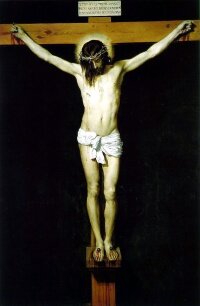 The written history of South Africa begins with the arrival of the first European explorers to the region. The Portuguese, the first Europeans to see South Africa, chose not to colonise it, and instead the Dutch set up a supply depot on the Cape of Good Hope. This depot rapidly developed into the Cape Colony. The British seized the Cape Colony from the Dutch in the end of the 18th century, and the Cape Colony became a British colony. The ever-expanding number of European settlers prompted fights with the natives over the rights to land and farming, which caused numerous fatalities on both sides. Hostilities also emerged between the Dutch and the British, and many Dutch people trekked into the central Highveld in order to establish their own colonies. The Dutch (by then known as Boers) and the British went to war twice in the Anglo-Boer Wars, which ended in the defeat of the Boers and of their independent republics.
The written history of South Africa begins with the arrival of the first European explorers to the region. The Portuguese, the first Europeans to see South Africa, chose not to colonise it, and instead the Dutch set up a supply depot on the Cape of Good Hope. This depot rapidly developed into the Cape Colony. The British seized the Cape Colony from the Dutch in the end of the 18th century, and the Cape Colony became a British colony. The ever-expanding number of European settlers prompted fights with the natives over the rights to land and farming, which caused numerous fatalities on both sides. Hostilities also emerged between the Dutch and the British, and many Dutch people trekked into the central Highveld in order to establish their own colonies. The Dutch (by then known as Boers) and the British went to war twice in the Anglo-Boer Wars, which ended in the defeat of the Boers and of their independent republics.The Cape Colony, Natal and the two Boer republics unified in 1910 as the Union of South Africa.
More...


























